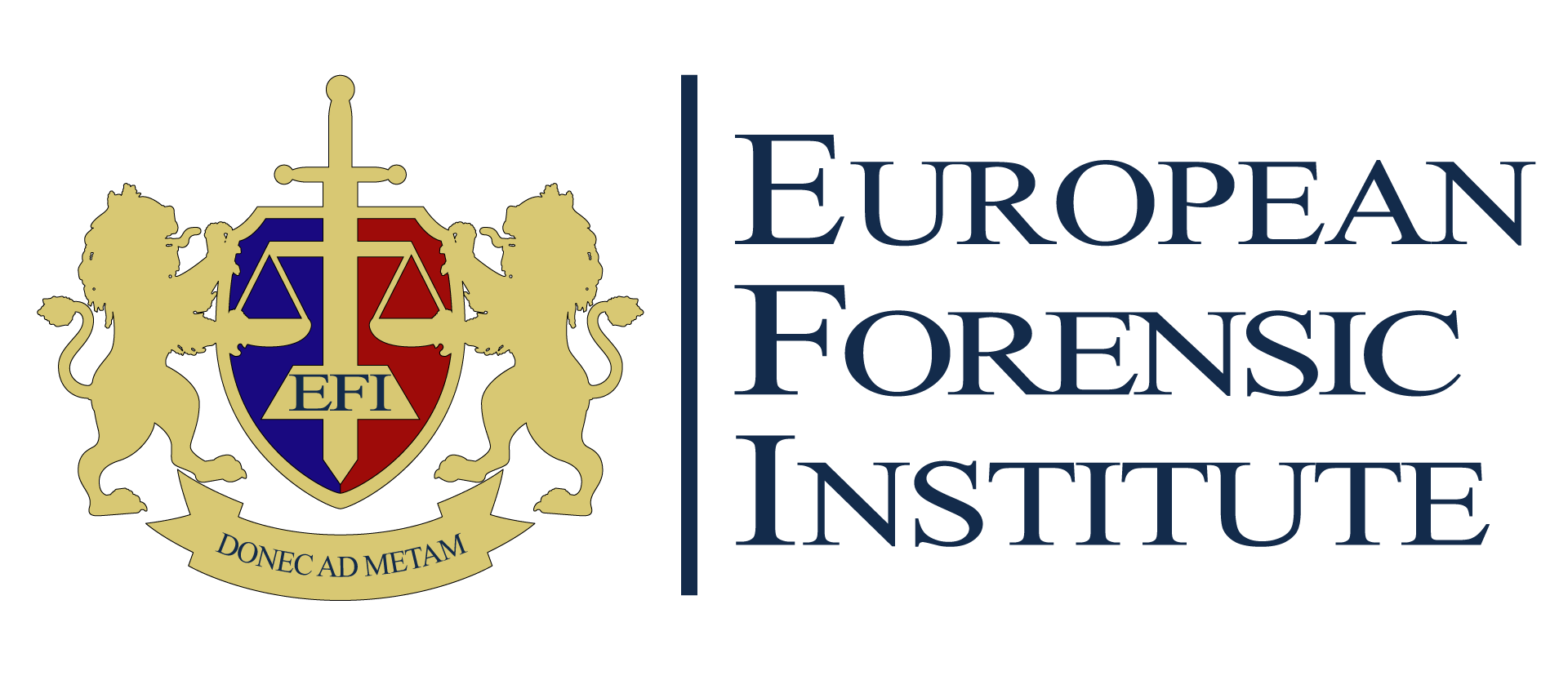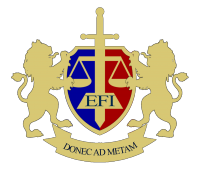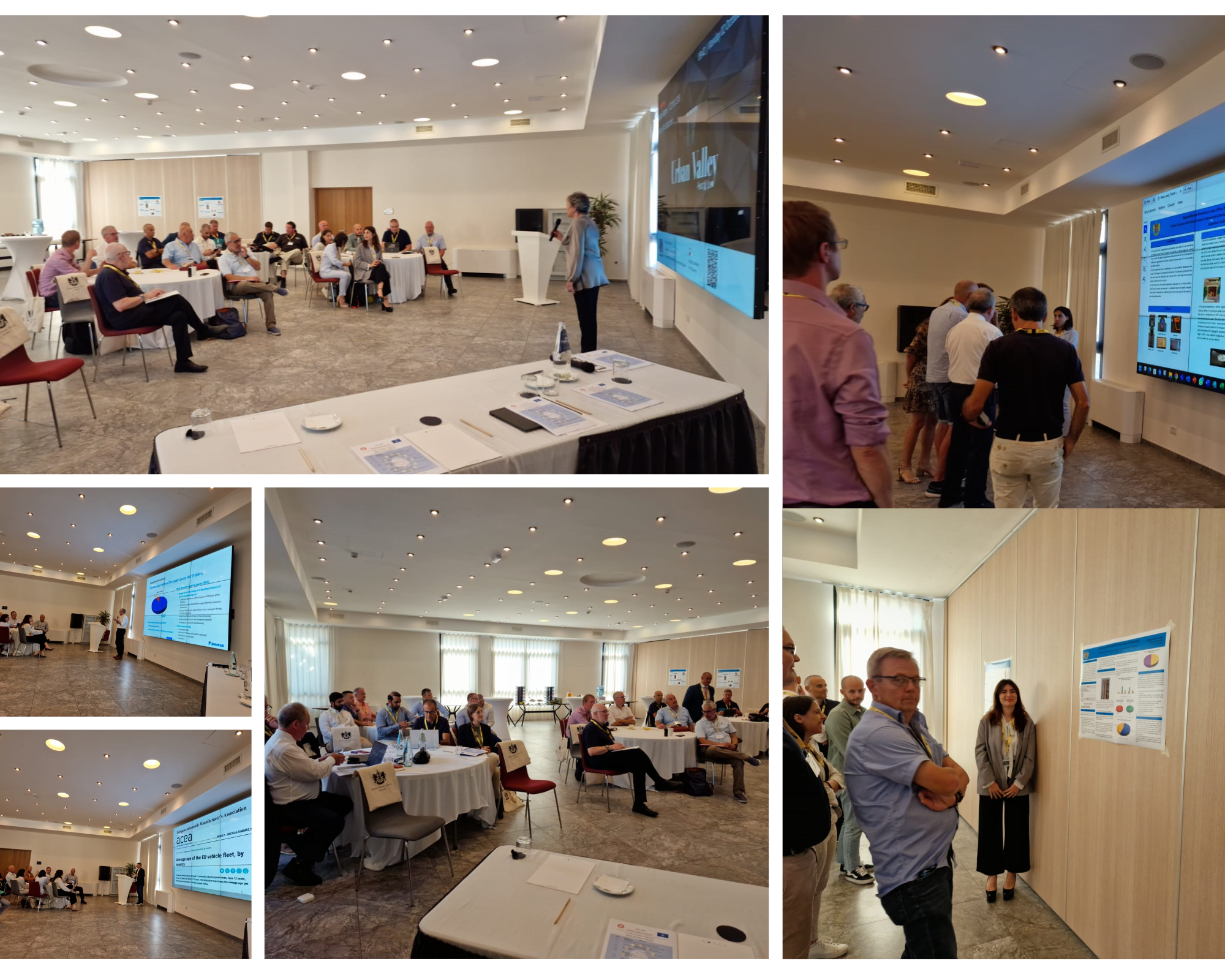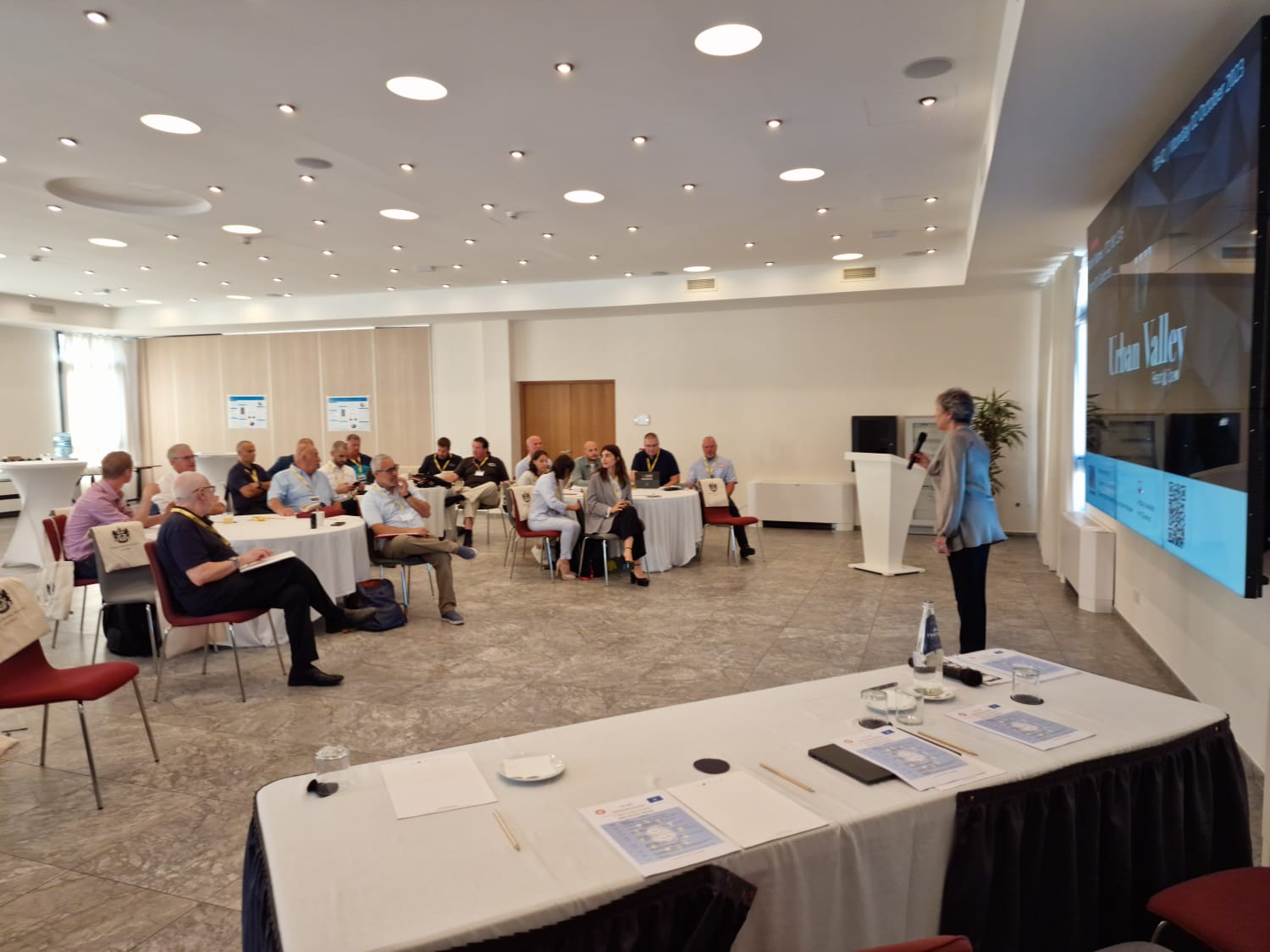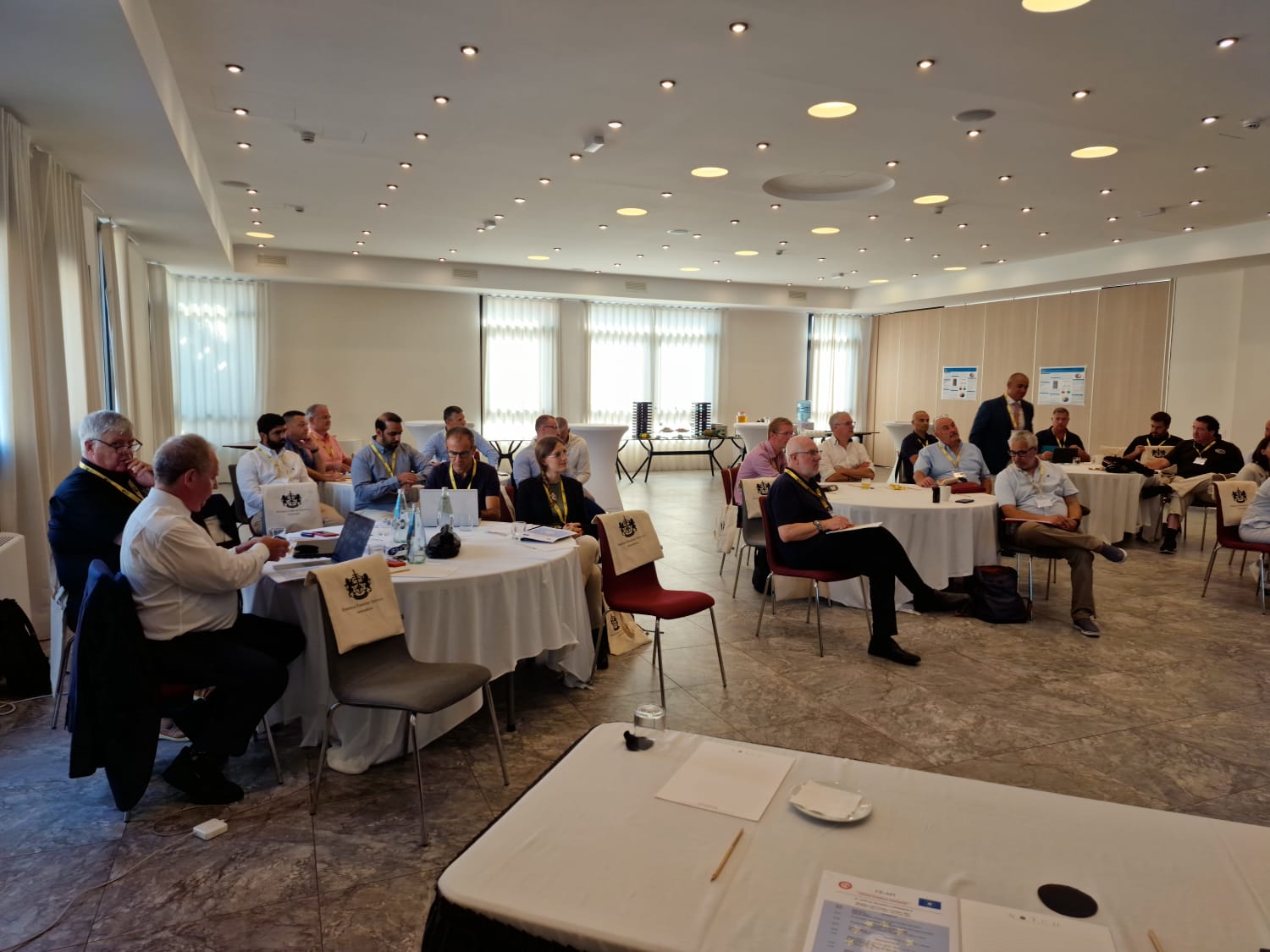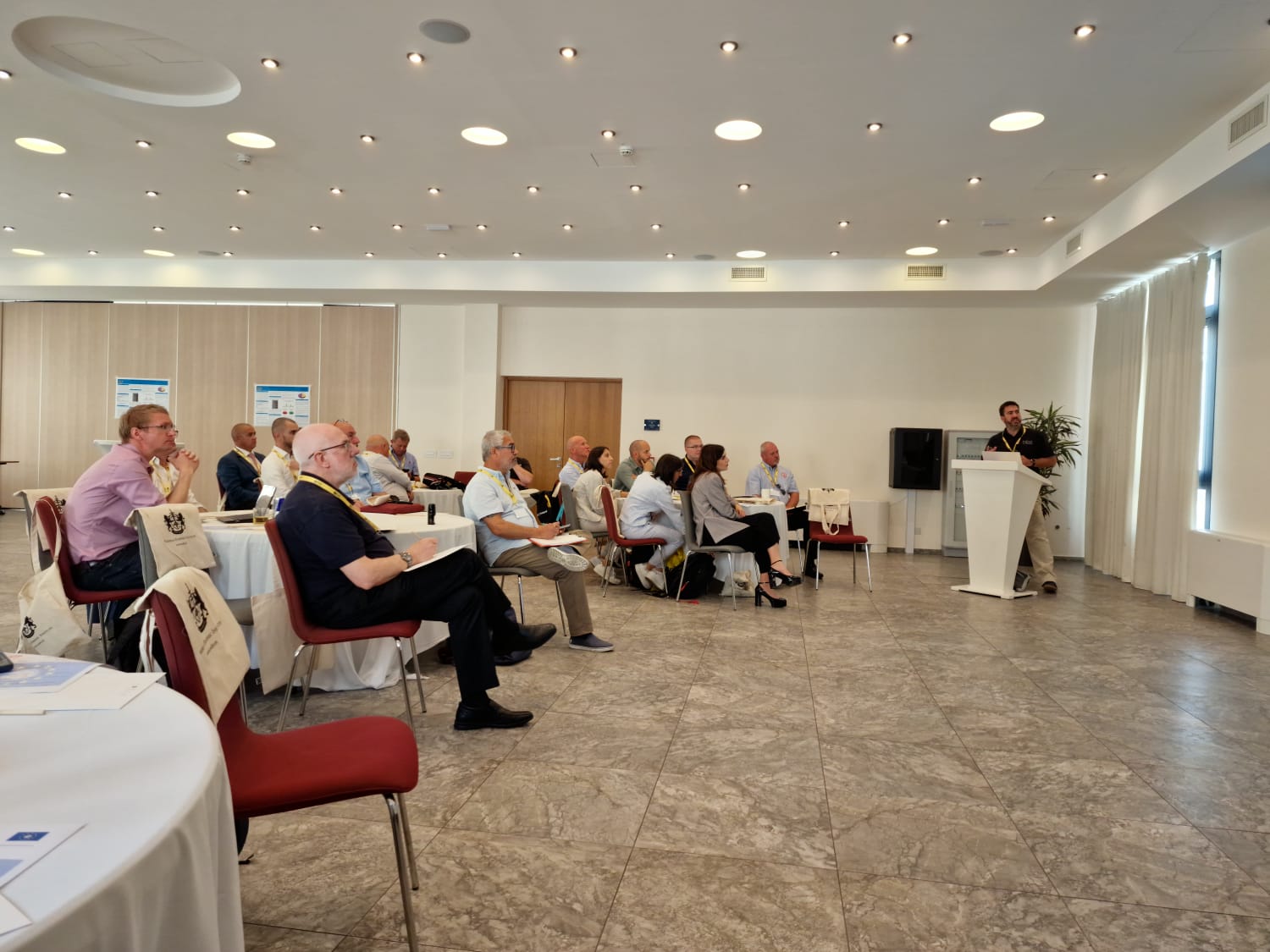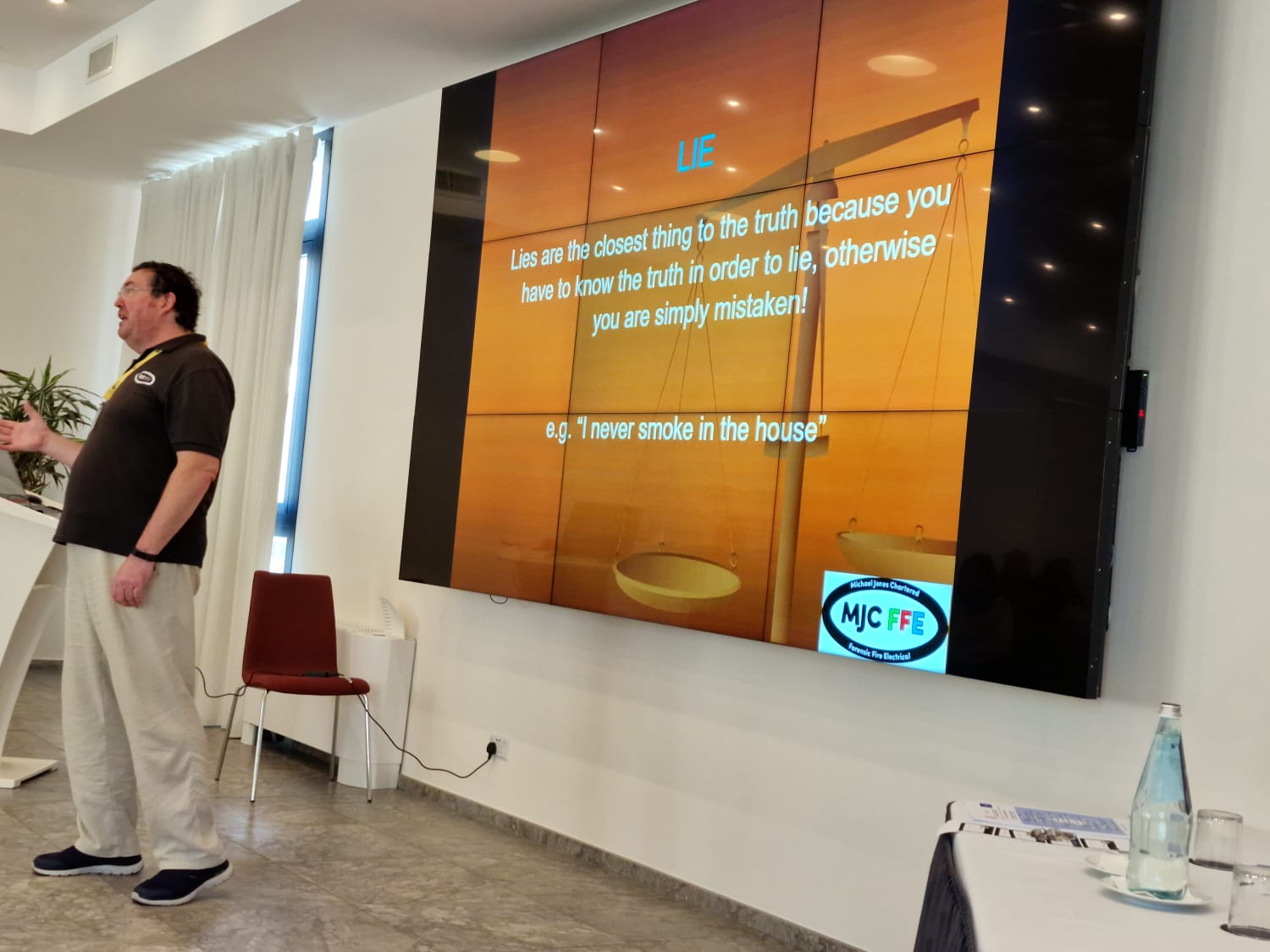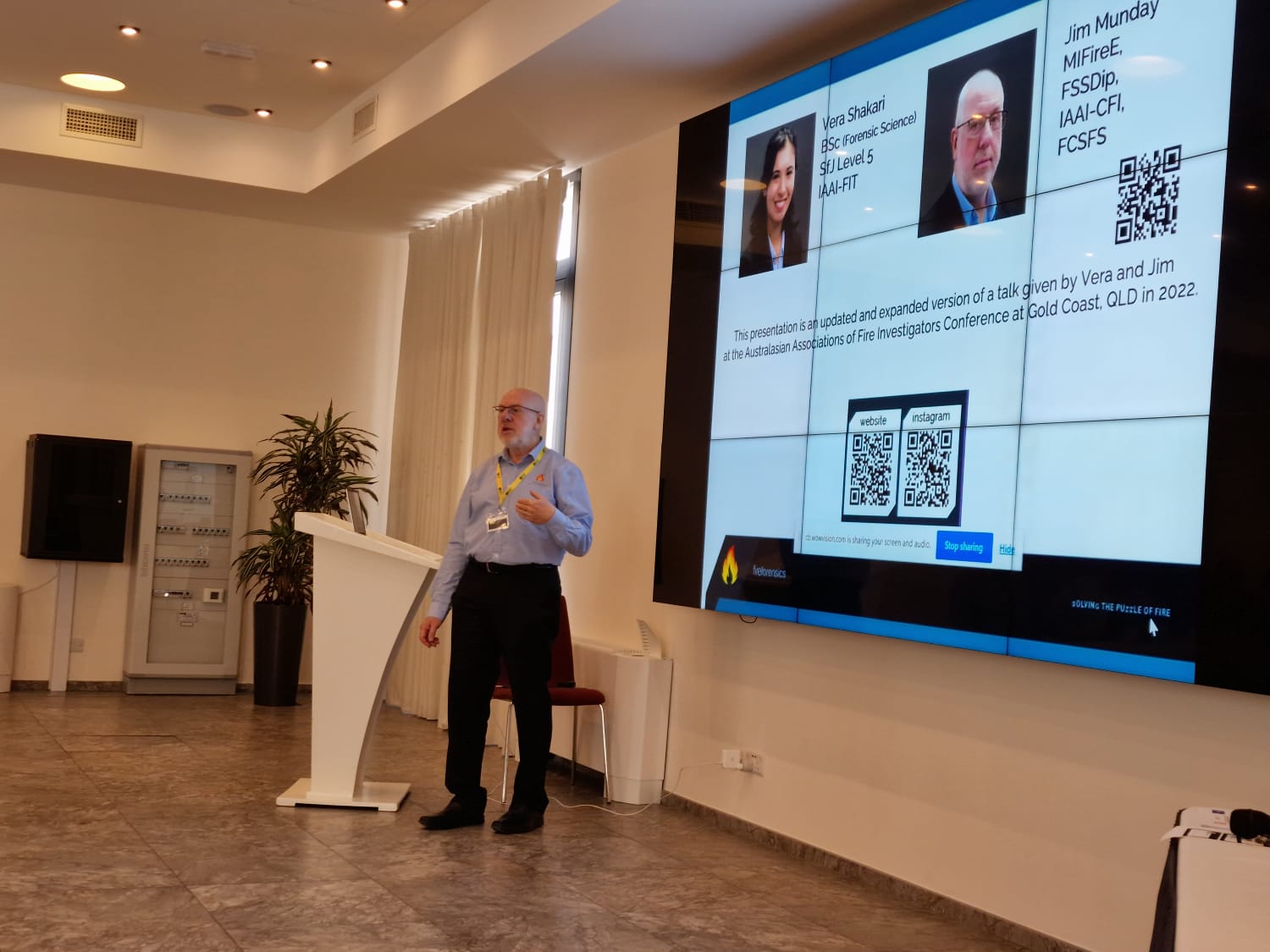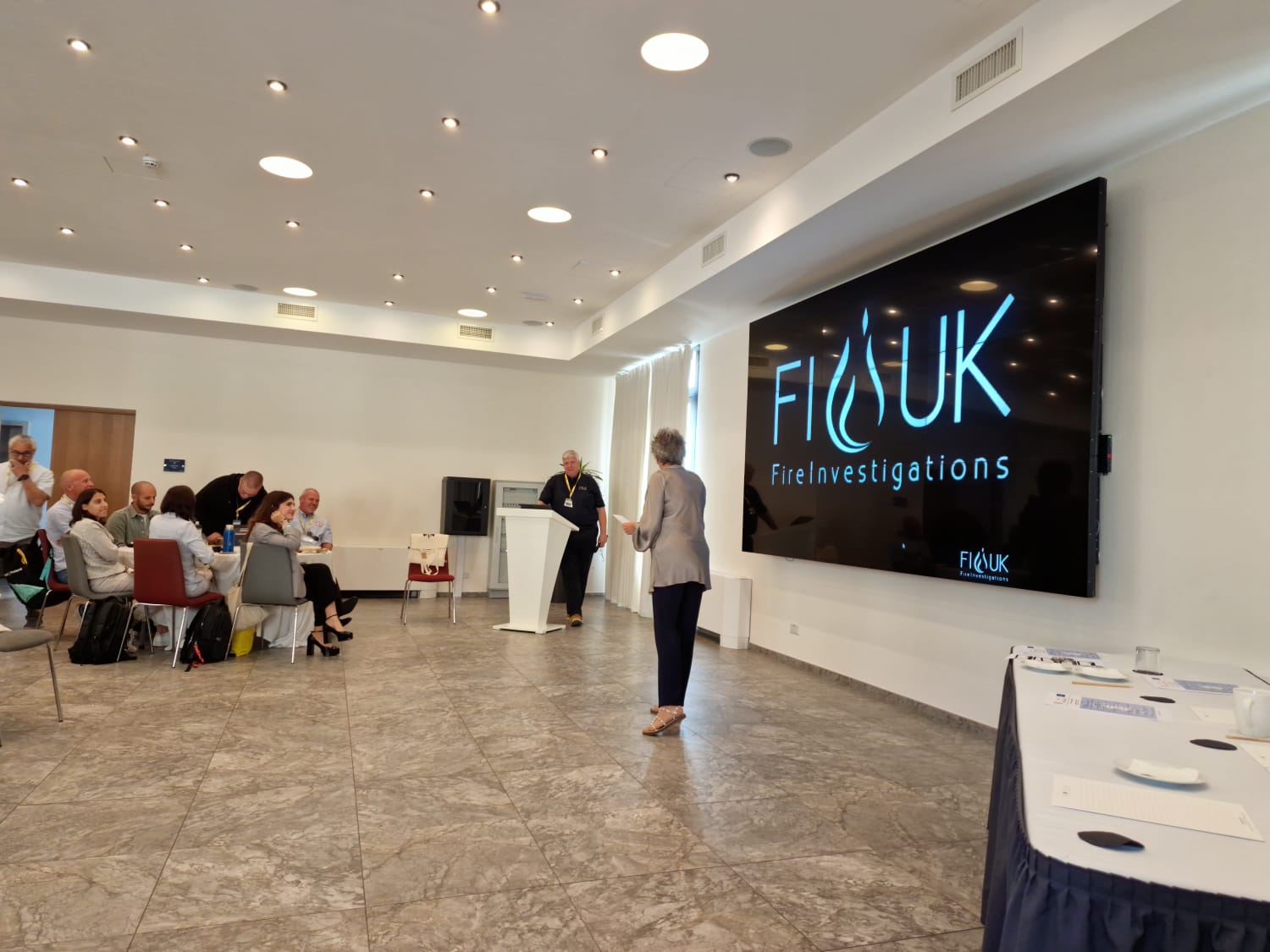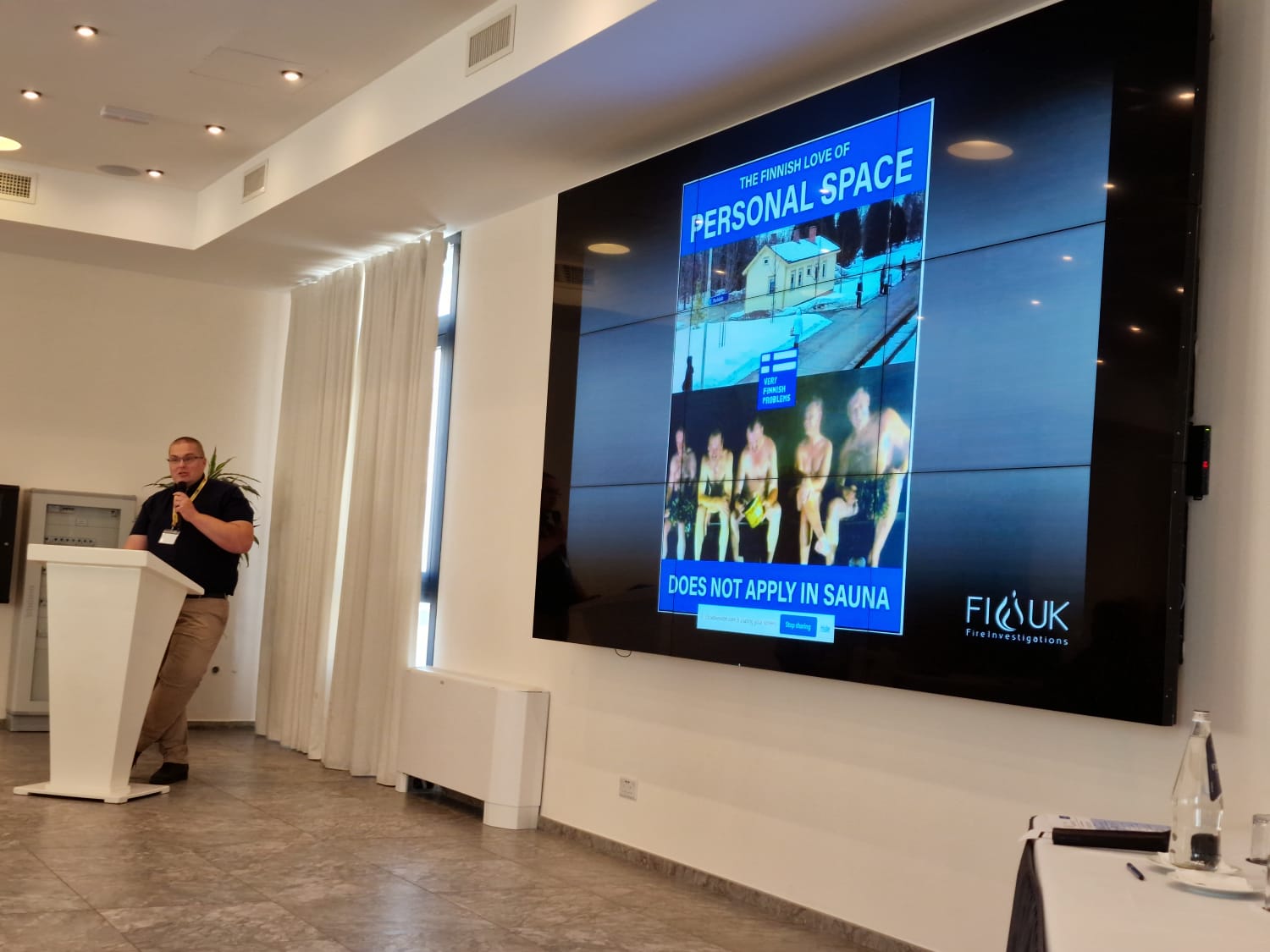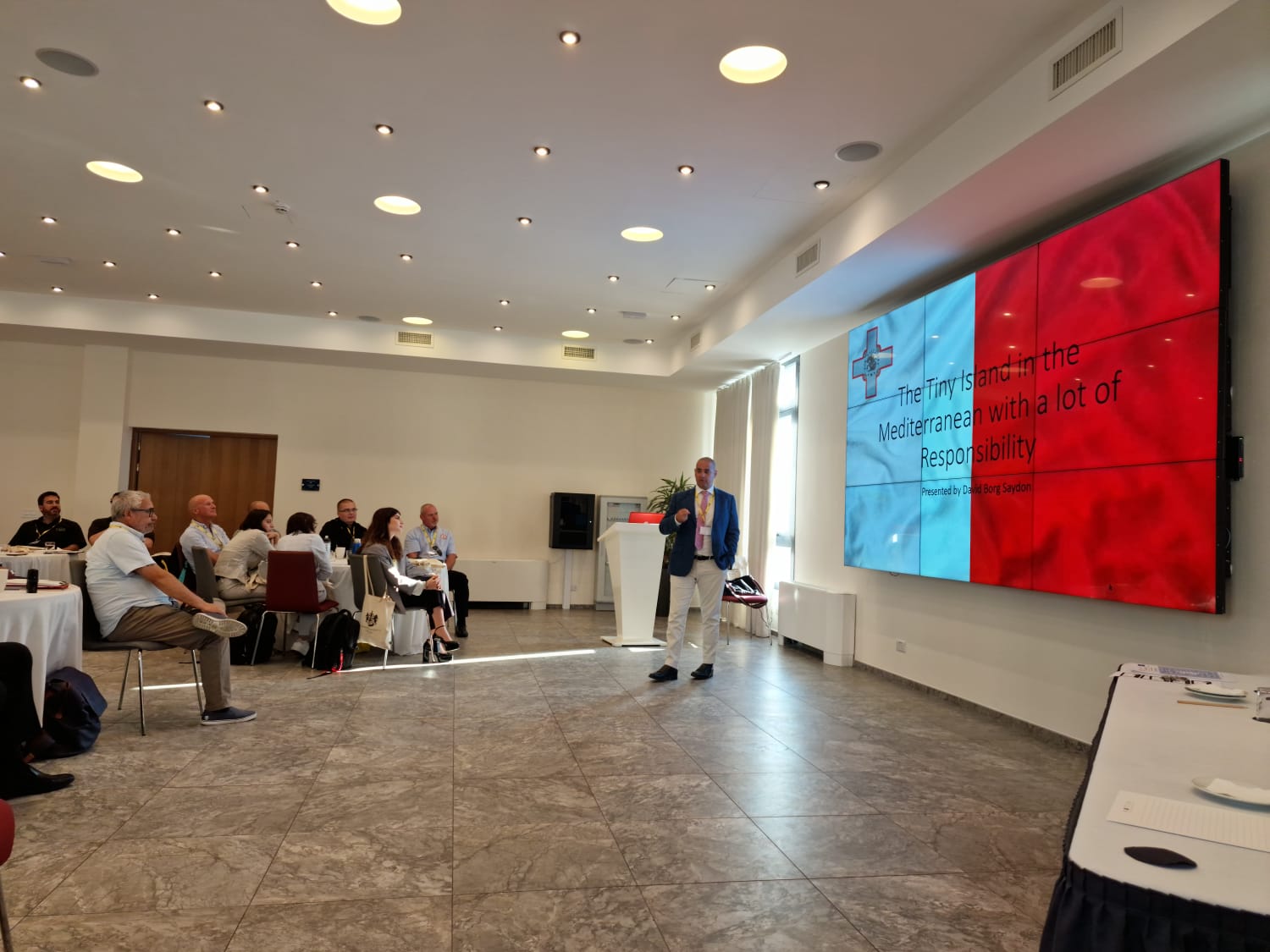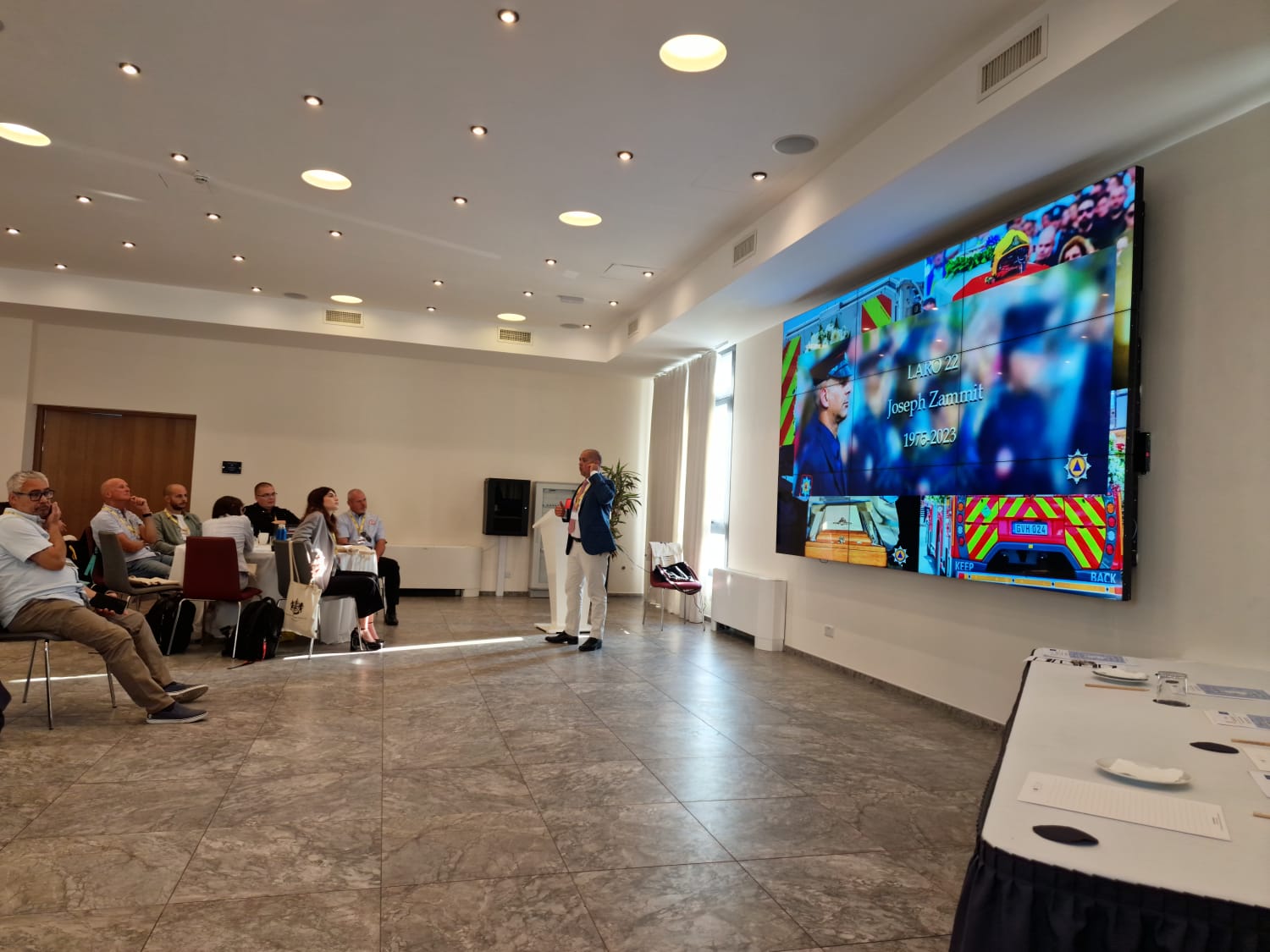On the 2 and 3 of October, the 2nd Annual Training Conference organized by the Central European Chapter of the International Association of Arson Investigation was held at The Notch Conference Centre in Malta.
At this conference, among internationally renowned experts were three newly graduated students, presenting their work, and this is the story from their perspectives.
It all began months prior, in mid-February, when Engineer Andreas Melinato introduced the idea of participating in the prestigious International Conference of Arson Investigations to his two thesis writers, Clara Pisano and Gaia Lupia. From that moment, a fascinating journey unfolded, starting from the conception of an idea and leading to the presentation of a poster at the conference itself.
Clara Pisano’s perspective:
“My research explored the application of UV light on wooden surfaces, previously treated with five different types of accelerants. Some samples were even ignited before analysis. Following an aging period, the samples were individually examined with UV light sources at wavelengths of 365 nm and 395 nm. Two different cameras, a commercial and a full spectrum one, captured photographs for each wavelength. The resulting traces were then evaluated according to their visibility.
My research aimed to validate and adapt the results of a 2019 article to the Maltese environment, The article was entitled “Interpretation of a fire scene with ultraviolet light: An assessment of the possible utilization of ultraviolet light at fire scenes and subsequent recommendations for procedures” by investigators E. Ljungkvist and B. Thomsen. Indeed, the objective was achieved.”
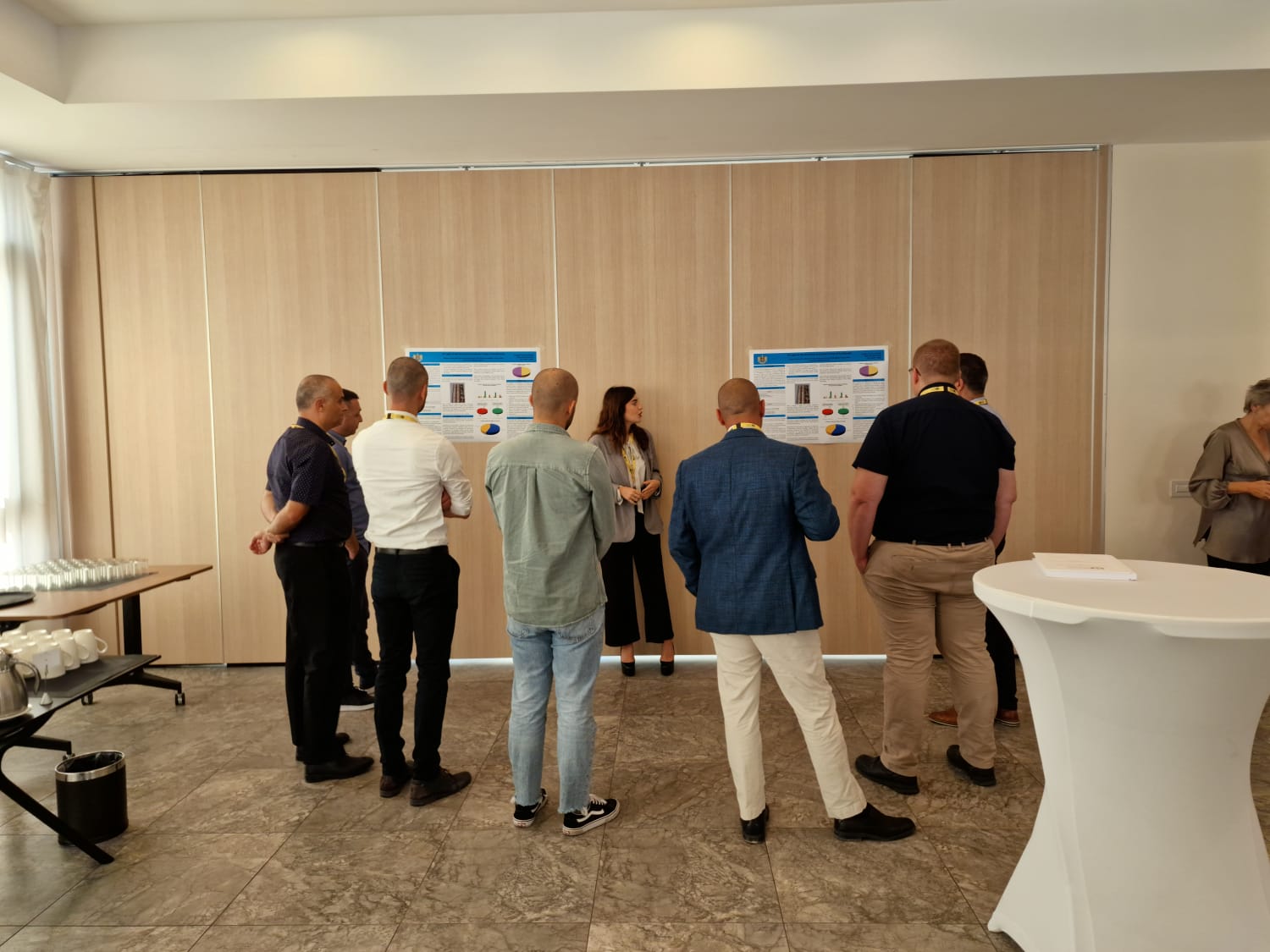
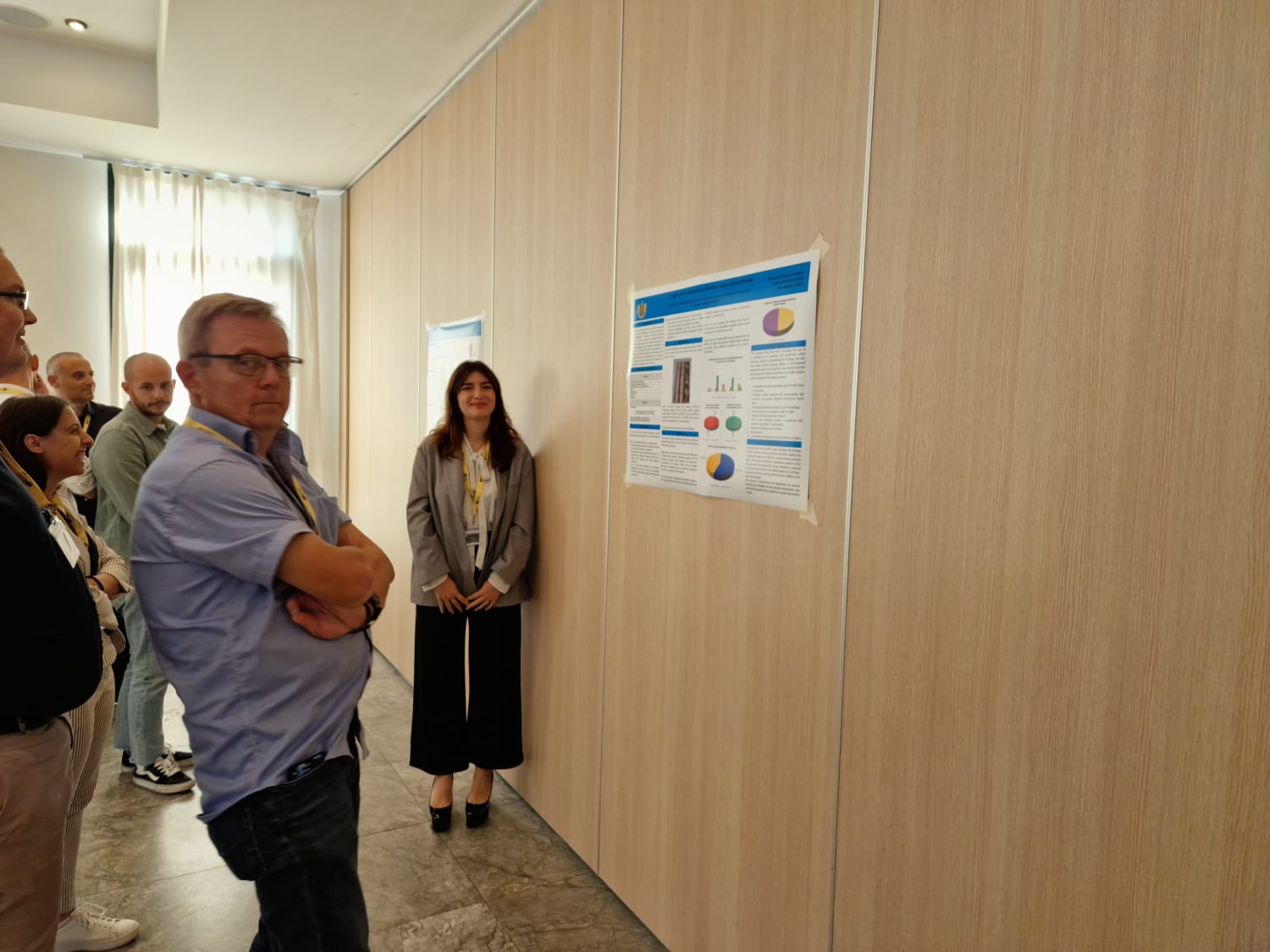
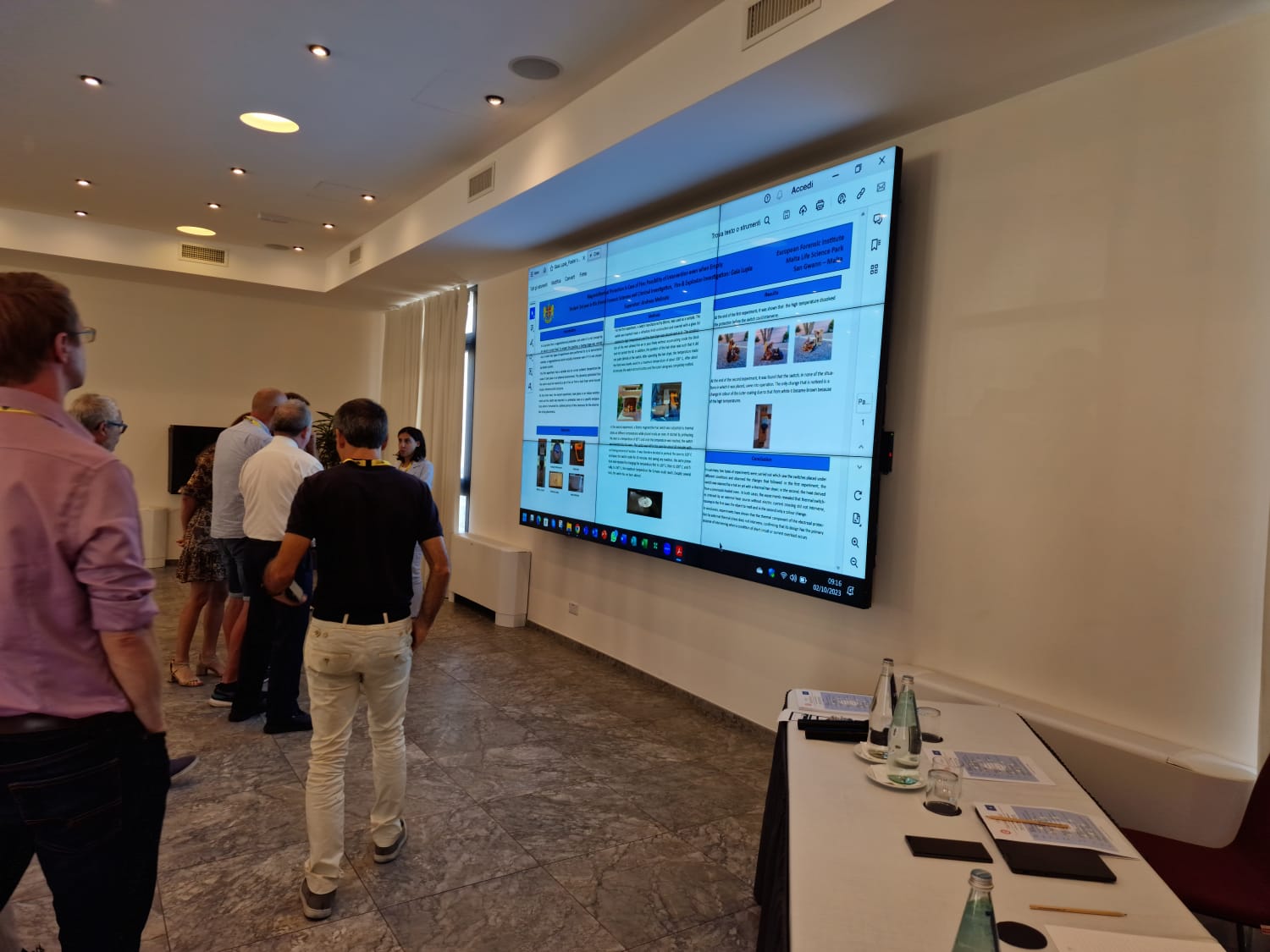
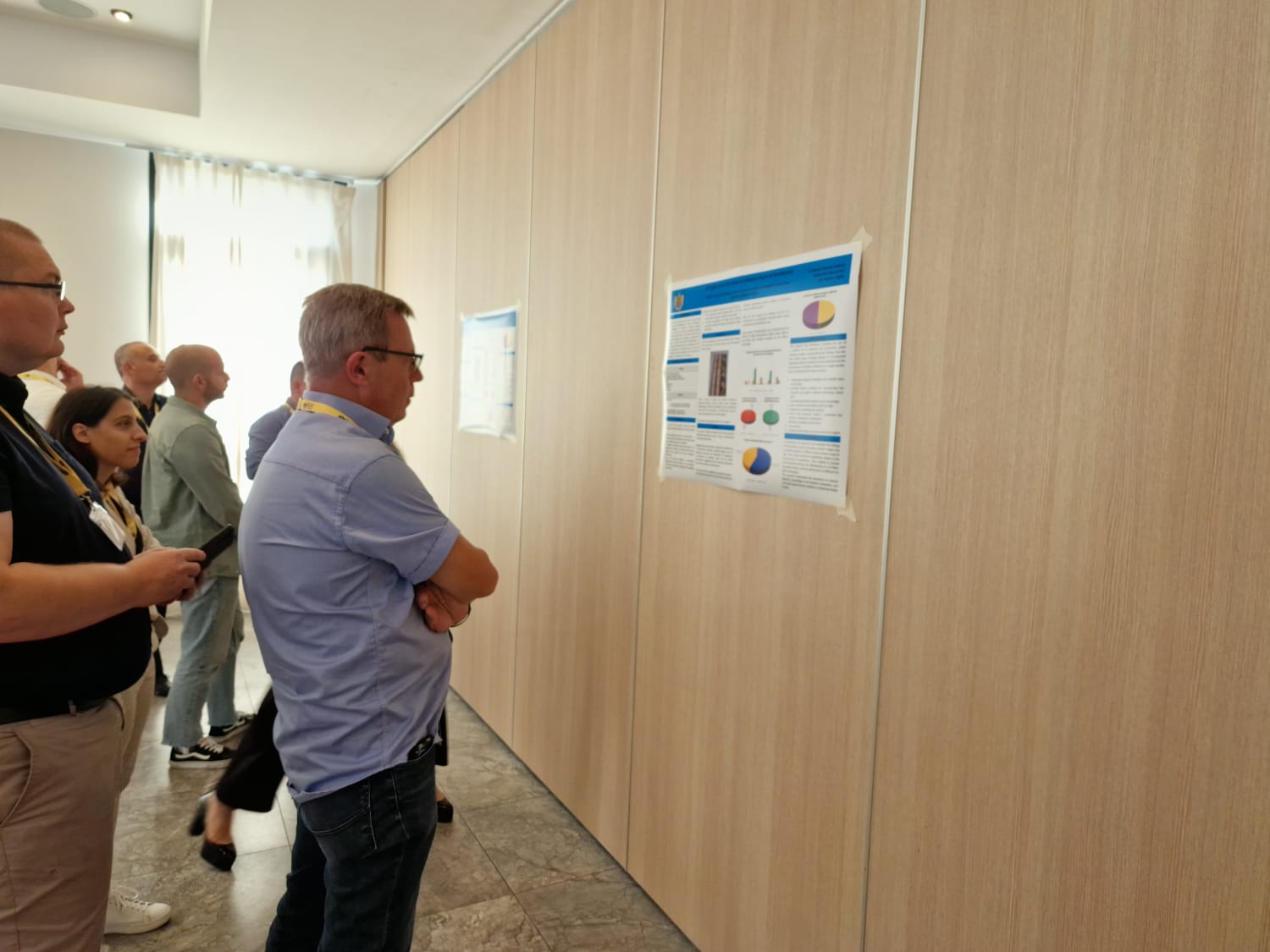
Gaia Lupia’s perspective:
“The purpose of my research was to try to prove that a magnetothermal circuit breaker would go into action even when empty. For this reason, two experiments were performed: The first experiment had a variable; the ambient temperature was not prearranged because the experiment took place in an external environment. The dynamics predicted that the switch would be heated with a jet of hot air by a heat dryer while it was inside a refractory brick structure.
On the other hand, the second experiment was carried out in an indoor environment. In this case, the switch was inserted in a preheated oven at a specific temperature, where it remained for a defined period necessary for the observation of the phenomena that could have happened.
In the end, the experiments confirmed that its design has the primary purpose of intervening when a condition of short circuit or current overload occurs.”
The results of both researches found a place in two posters, which were proudly presented by the authors at the International Conference.
A student who simply participated in the conference, Martina Lupia, also shared her point of view:
“Attending the conference not only served the purpose of listening to my colleagues explain their work but it was also an efficient way for me to deepen my knowledge on the subject and improve my English skills. Besides this, it was a great opportunity to create connections in the field, in case I wanted to specialize in fire investigation in the future.”
Nevertheless, the conference itself was much more than a mere presentation. It was a complete immersion in a world of global knowledge and experience. Experts from all over the world, in just one space, each of them contributing a rich variety of experiences and viewpoints. Testimonies and case reflections were shared, providing a unique opportunity to learn from the heterogeneous experiences.
A significant example was the demonstration given by Tuomas Palvia, a Finnish expert who shared insights into the primary causes of fires in saunas, a scenario that is prevalent in Finland, home to over three million saunas. This study proved invaluable, especially for investigators from other parts of the world, not used to facing this type of scenario frequently. Similarly, the presentation of an engineer specializing in fire investigations in air conditioning systems provided a wealth of insight for those encountering such situations for the first time.
Moreover, the final talk by Dr Peter Mansi highlighted the importance of conducting experiments to either support or refute a hypothesis. To illustrate this, he presented a test performed by himself and his colleagues using a refrigerator. The experiment aimed to gain insights into the fire behavior, that they observed in a previous fire incident involving a refrigerator. The test was conducted twice, with two very similar refrigerators, but manufactured with different materials. In the first test, the fire self-extinguished regardless of the ignition point. In the second test, contrarily, the second refrigerator immediately caught fire. This notable contrast between the outcomes underlines the importance of conducting diverse experiments to comprehensively understand fire behavior.
In conclusion, the participation of students in the International Conference of Arson Investigations was an enlightening journey that underscored the significance of sharing knowledge and experiences on a global scale, a fundamental interaction in enriching our understanding and improving investigative skills, preparing us to tackle new and complex challenges in the field of arson investigations. We will continue to draw inspiration from these exchanges and further explore uncharted territories through the power of sharing.
Authors- Gaia Lupia, Martina Lupia and Clara Pisano
